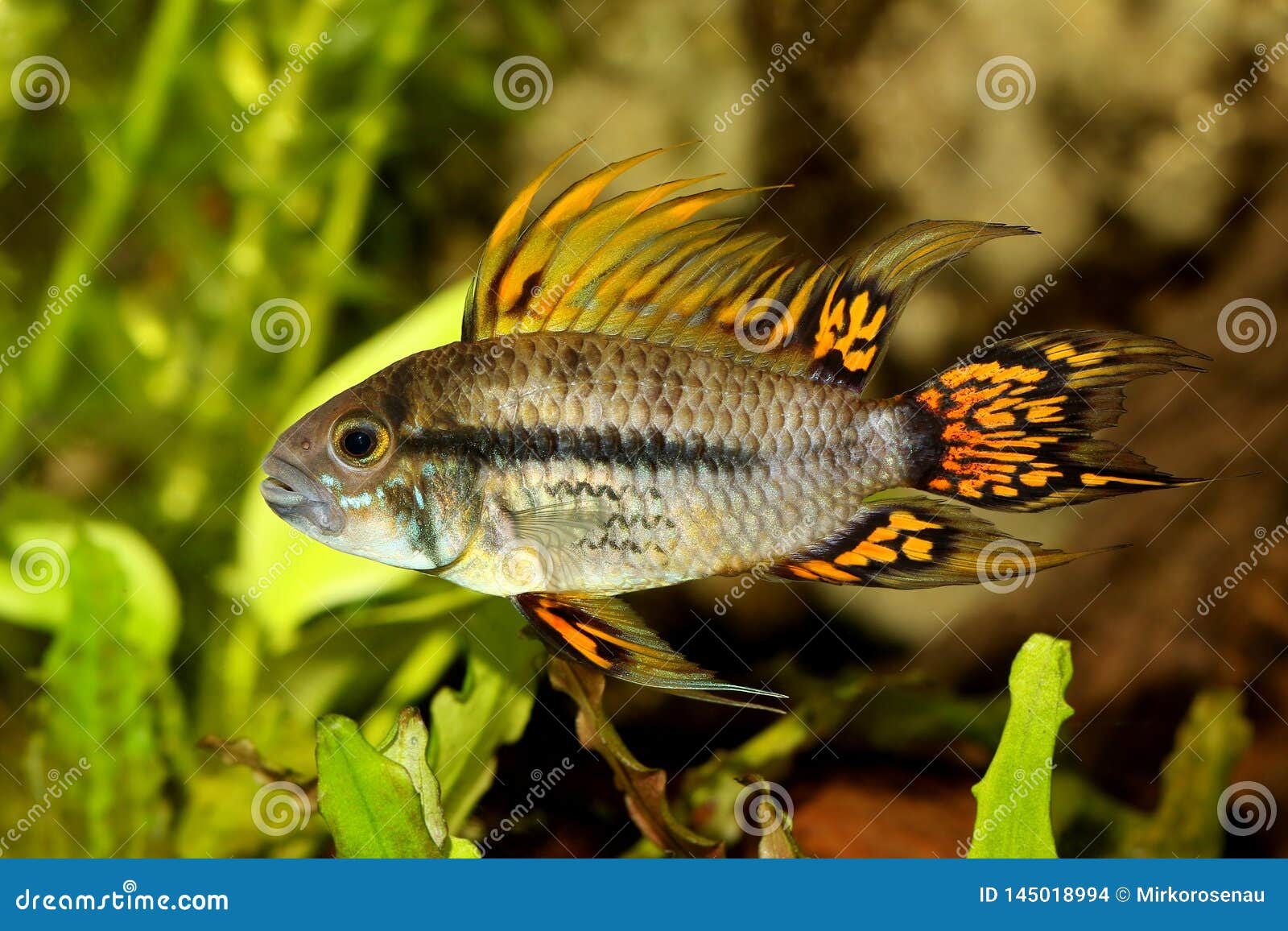

They can’t tolerate extremely bright lights, because in their natural habitat they are accustomed to moderate lighting around them. The lighting that you would need for Cockatoo Cichlids is subtle and subdued. Lack of a swimming zone would result in stress in the fish, it may lose colour and health if such a situation persists for a long time.

You can be creative and try out different types of decoration, but you can’t forget that the tank shouldn’t be cluttered at any cost. The space dividing items will let each fish have their own territory and the chance of getting violent would be much less. It should have caves, smooth rocks, driftwoods, bogwoods, and so on. The substrate of the tank should have some essential decorations that would give the fish some private moments. The best option is to go for an External Canister Filter that will serve both the purpose of maintaining water flow and cleaning the water.
#Yellow cockatoo cichlid install
So, you have to install a filter that can create slow water flow inside the aquarium. Cockatoo Cichlids are habituated to swim in the slow currents. Filters also control the water current of the tank. Filters not only make sure the cleaning aspect, rather it is for aerating the tank water as well. FilterĪny aquarium would need a filter, to say the least. The substrate is an important factor and you can decorate it as much as you want, but leave some room for the fishes. Moreover, the substrate will ensure that the fishes can continue their food digging tendency without harming their bellies or fins. There will be no stress, and when a fish is happy from within, it will show through its body language and colours. This will happen mostly for two reasons, one is the contrast factor, and the other one is, such dark substrate is similar to their natural habitat, so the fishes will be more comfortable. Since the fishes, especially the males are so colourful, a dark coloured substrate is important to bring out those shades. So, their natural instinct is to prey on potential victims. In their natural domain, Cockatoo Cichlids are predators. So, while you are petting them, make sure you are giving them everything that they need to ensure their dietary requirements. Diet Of Cockatoo CichlidĬockatoo Cichlids are carnivorous species and they feed on smaller insects and larvae in the wild. However, for any captive-bred fishes, it is a common thing that their lifespan depends on the type of care they receive from their owner. Some species can live for 3 years as well. Lifespan Of Cockatoo CichlidĪ Cockatoo Cichlid can live for around 5 years. However, these are all pretty subjective and there is no surety that all-male fishes will sport such behaviour. Once they get the food particles, they will throw out the sand from their mouth.Ĭockatoo Cichlids might show some territorial aggression and they are pretty defensive regarding this. They don’t consume the sand, but it might seem like, actually, they look for food, scattered on the substrate. This might seem quite odd, but that shouldn’t be a reason to worry. There is some unique behaviour of such fishes, where they can be seen digging out the sand and eating them. These Cichlids swim mostly in the middle and bottom levels of the water. There might be some clash between male Cichlids, but that happens if there is not enough swimming space, otherwise, these fishes can be compatible with others without any issue and can be kept inside a community fish tank. The Cockatoo Cichlids are docile creatures, with rarely being territorial, especially during the mating time. Female Pelvic fins are much darker than males and the latter have forked tails. The male fishes have signature dorsal rays with clear ventral fins. Females have pale yellow colouration that gradually darkens and becomes more prominent during their breeding time. In female fishes, such colourations are paler and not prominent. Male Cichlids have orange or reddish caudal and dorsal fins.

The body has a greyish base colour, with some black markings throughout. They are tiny and there is no such case where they can outgrow their standard size in a mentionable way. While males are mostly around 3.5 inches, females can be maximum of 2 inches. The adult Cockatoo Cichlids can be sized 2-3.5 inches long.


 0 kommentar(er)
0 kommentar(er)
